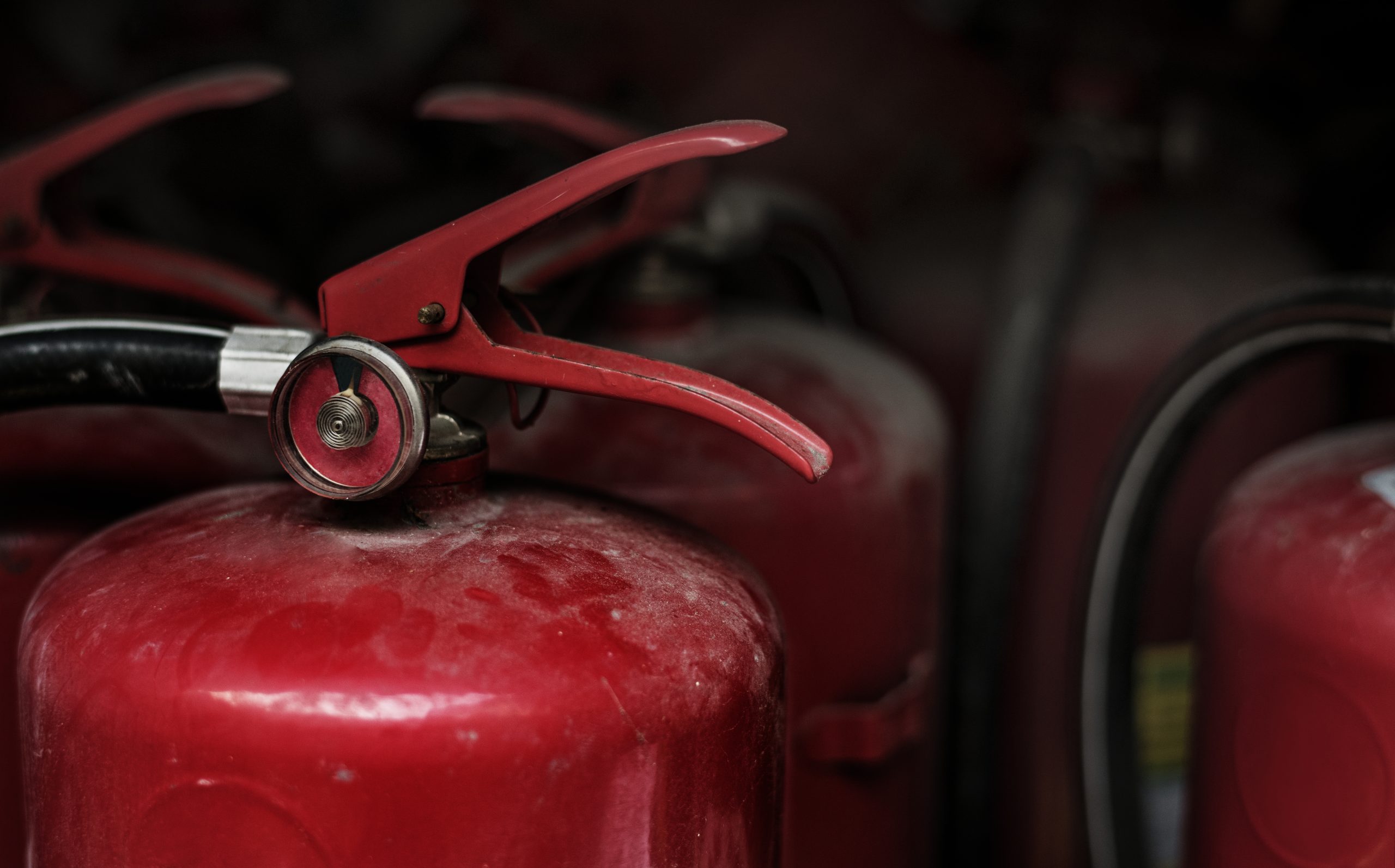Fire Extinguishers and Legal Duty of Care in Law Enforcement and Public Facilities
Meta Title: Legal Responsibility and Fire Extinguishers in Public Sector Facilities
Meta Description: Explore the legal obligations of law enforcement and public institutions regarding fire extinguisher use, compliance, and safety in Canada.
SEO Slug: legal-duty-fire-extinguishers-law-enforcement
Introduction
Law enforcement agencies and public institutions are held to a high standard of care — not just in upholding the law but in maintaining safe environments for staff, detainees, and the public. One of the most fundamental yet overlooked elements of safety infrastructure is the correct deployment of fire extinguishers.
A fire emergency in a police station, courthouse, or detention facility poses not only physical risks but legal consequences if safety protocols are found to be inadequate. In this article, we examine the legal duties, fire code requirements, and risk mitigation strategies related to fire extinguishers in Canadian public sector environments.
Legal Duty of Care and Fire Safety
Public institutions are obligated under both tort and statutory law to provide safe premises. Inadequate fire prevention or response capability — especially when it leads to injury or property damage — can result in legal liability.
Key Legal Concepts:
- Occupier’s Liability: Authorities must maintain safe environments for everyone lawfully on their premises, including staff and visitors.
- Negligence: Failure to provide functioning or appropriate fire extinguishers could constitute negligence if harm results.
- Charter Implications: Inadequate fire protection for persons in custody could be challenged under Sections 7 or 12 of the Canadian Charter of Rights and Freedoms (right to life and security; protection from cruel treatment).
Real-World Risks in Law Enforcement Facilities
Police stations and public buildings often house:
- Electrical and computer equipment (e.g., server rooms, evidence storage)
- Paper records, uniforms, and flammable materials
- Detained individuals who cannot easily evacuate
- Armories and potentially volatile inventory
Each of these zones presents distinct fire risks that require specific fire extinguisher types — and corresponding legal preparation.
Canadian Fire Code Requirements
All public buildings must adhere to:
- National Fire Code of Canada (NFCC)
- Provincial Fire Codes (e.g., Ontario Fire Code)
- Workplace Health & Safety Regulations
Requirements include:
- Accessible and visible fire extinguishers
- Annual inspections and re-certification
- Proper labeling and training for use
- Compatibility of extinguisher type with fire class risk (A, B, C, D, K)
Failing to meet these standards can result in regulatory fines, loss of insurance coverage, or worse — civil litigation.
Selecting the Right Fire Extinguishers for Public Facilities
Law enforcement and justice-sector buildings require a mix of extinguisher types to address various risks:
| Fire Class | Source | Recommended Extinguisher | Example Location |
|---|---|---|---|
| Class A | Paper, wood | Water, Foam | Office areas |
| Class B | Flammable liquids | CO₂, Dry Chemical | Maintenance rooms |
| Class C | Electrical fires | CO₂, Dry Chemical | Server rooms |
| Class D | Metal fires | Dry Powder | Specialized storage |
| Class K | Cooking fires | Wet Chemical | Breakrooms, kitchens |
Using general-purpose or outdated extinguishers across the facility without risk-specific placement can expose institutions to liability.
Legal Precedent and Implications
While case law directly citing fire extinguisher negligence in Canada is limited, broader precedent exists in cases involving:
- Inadequate emergency response in custodial settings
- Workplace safety non-compliance
- Charter rights challenges following injuries or death due to environmental hazards
In particular, judicial reviews have emphasized the government’s higher duty to protect vulnerable individuals — such as those detained or dependent on state-run services.
Risk Mitigation and Legal Safeguards
✅ Install Certified Fire Extinguishers
- Only use CSA/ULC-certified fire extinguishers
- Ensure extinguisher types match the hazards in each area
🛠️ Routine Inspection & Documentation
- Monthly internal checks
- Annual third-party service logs
- Digital documentation for audits
👮 Staff Training
- Annual hands-on training for officers and facility staff
- Emergency procedure inclusion in onboarding materials
📄 Policy Development
- Include extinguisher maintenance in OH&S plans
- Make fire safety a regular agenda item in risk assessments
Conclusion
In public institutions, fire safety is more than a compliance task — it is a legal and ethical duty. Properly selected, maintained, and deployed fire extinguishers form a critical first line of defense in emergencies. Their role in fulfilling duty of care, meeting regulatory obligations, and reducing civil liability cannot be overstated.
For law enforcement and government facility administrators, investing in fire safety isn’t just risk management — it’s a necessary measure to protect people, property, and institutional integrity.
Resources
- Herbert Williams – Fire Extinguishers & Safety Equipment
- National Fire Code of Canada
- Canadian Centre for Occupational Health and Safety – Fire Hazards
- RCMP Facility Health & Safety Guidelines
Disclaimer: This article is for general informational purposes only and does not constitute legal advice. Public institutions should consult legal counsel and certified fire safety professionals for specific guidance.
- The Role of Police in Community Safety & Unity - October 6, 2025
- Quebec Police Officer Salary Insights 2023 - July 13, 2025
- Canada Arrest Protocol: What Police Say Upon Arrest - June 12, 2025




















Post Comment